Kids squirm and chatter excitedly as Jodie Reimink wheels a cart filled with fruit and vegetable “friends” into the pre-kindergarten classroom.
She holds up a green cloth creature with eyes, a jolly-looking bunch of broccoli.
“Who remembers my friend broccoli?” she asks.
Nearly every child raises a hand.
“Who liked broccoli?”
Almost all the hands go back up.
Making friends with fruits and veggies is all part of Learning About Nutrition through Activities, a school health program run by Spectrum Health Zeeland Community Hospital.
It’s fun to see that spark when they say, ‘I do like this.’
With hands-on lessons and snacks, instructors concoct tasty nutrition lessons for 700 preschoolers in 10 schools in the Hudsonville and Zeeland districts. They visit the schools once a month, from October to April.
At Jamestown Lower Elementary School, Reimink addresses a group of children gathered on a rug at the front of the room. She conducts a mini review of the friends she has already introduced: kiwis, broccoli, sugar-snap peas, tomatoes, apricots and sweet red peppers. And in celebration of a year of good food, this lesson features a kid-friendly favorite: the strawberry.
As Reimink holds up the stuffed strawberry, the kids rock on their heels. Some clap. A chorus of “I love strawberries!” rings out.
Today’s activity: Make a mouse with a graham cracker, cream cheese, a half-strawberry and a string-cheese tail.
“I don’t like cream cheese,” a boy says as Reimink distributes ingredients.
“We would like everyone to try a little bit of everything,” she says.
Reaching kids early
Reimink, a community program specialist, and three dietitians bring the program to pre-kindergarten and preschool classrooms in hopes of teaching kids about nutrition at a young age.
“We like to expose them to different fruits and vegetables and provide a healthy environment for them to explore, using all their senses―taste, smell and touch,” she says.
Kids learn a bit about gardens and how foods grow―what grows on a vine, a tree or a plant. They learn to classify items as fruits or vegetables. And everyone is encouraged to try at least a “no, thank you” bite of each item introduced.
The instructor leads the class with an assistant, a puppet iguana―named LANA the iguana. And each lesson includes an activity and a snack.
The kids respond enthusiastically to the hands-on lessons, teachers say.
“It’s been a highlight of the day, each day they come in,” says Katey Balkema. “The parents love it, too.”
After the students assemble their strawberry mice, some gobble up the treat quickly while others take tentative nibbles. Reimink passes out “I tried it” stickers for everyone.
One boy, after taking a tiny bite of his strawberry declares it’s “pretty good” and that it tastes “like strawberry.”
“It was my first time eating a real strawberry,” he adds. Before today, he says he has only eaten the dried fruit that comes with his cereal.
“Strawberries are awesome,” says the girl next to him.
The nutritional program was created by the Minnesota Department of Public Health and adapted by Spectrum Health staff for local use.
Instructors send home information for parents, so they know about the day’s lesson. Teachers have heard positive responses back. A little girl who never liked apricots, for example, changed her mind after trying them in class.
Teacher Anne Johnson enjoys watching kids overcome their reluctance to try new foods―especially ones they are certain they don’t like.
“It’s fun to see that spark when they say, ‘I do like this,’” she says.
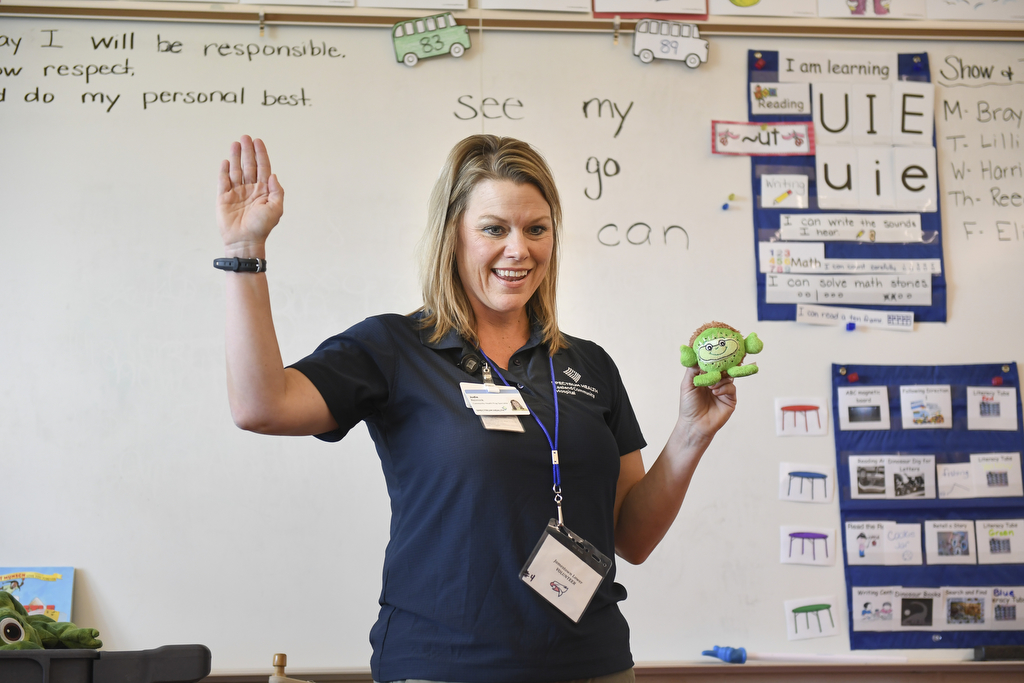
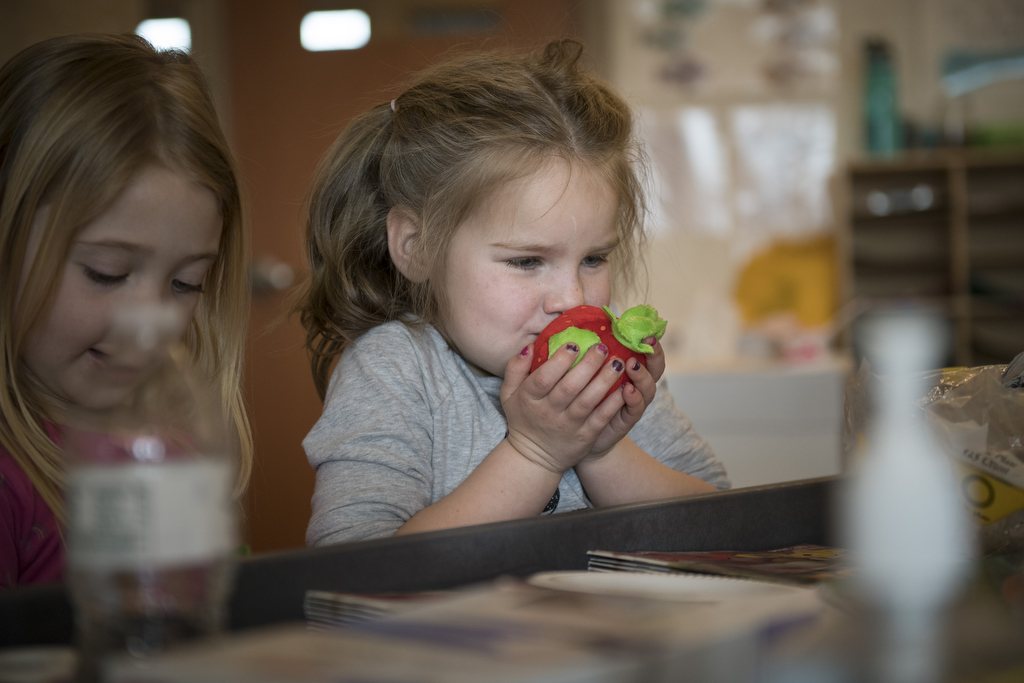
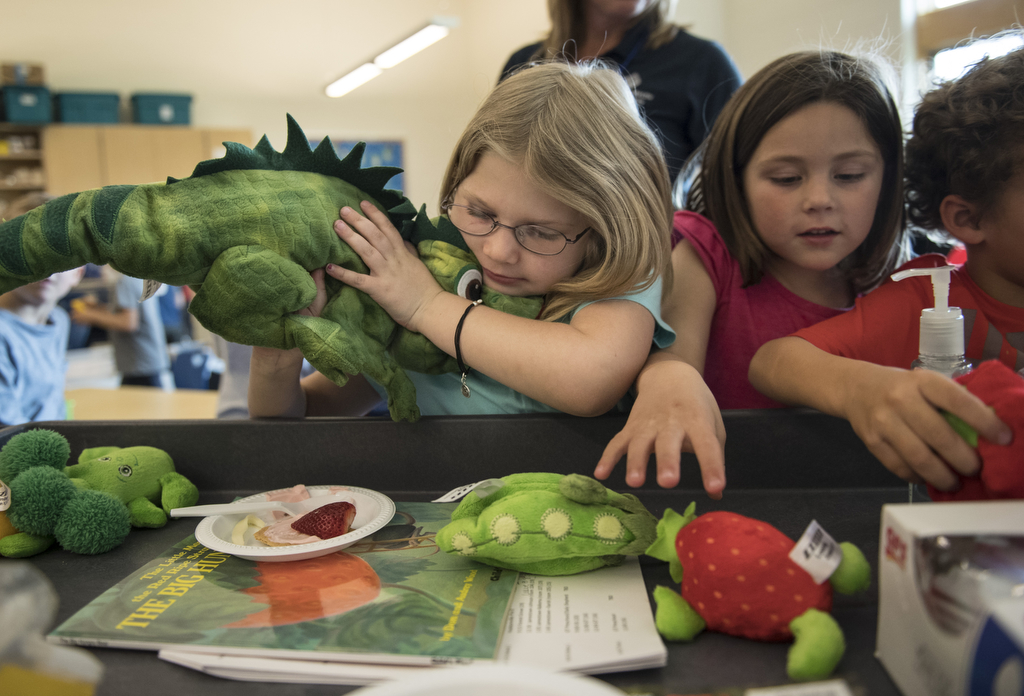
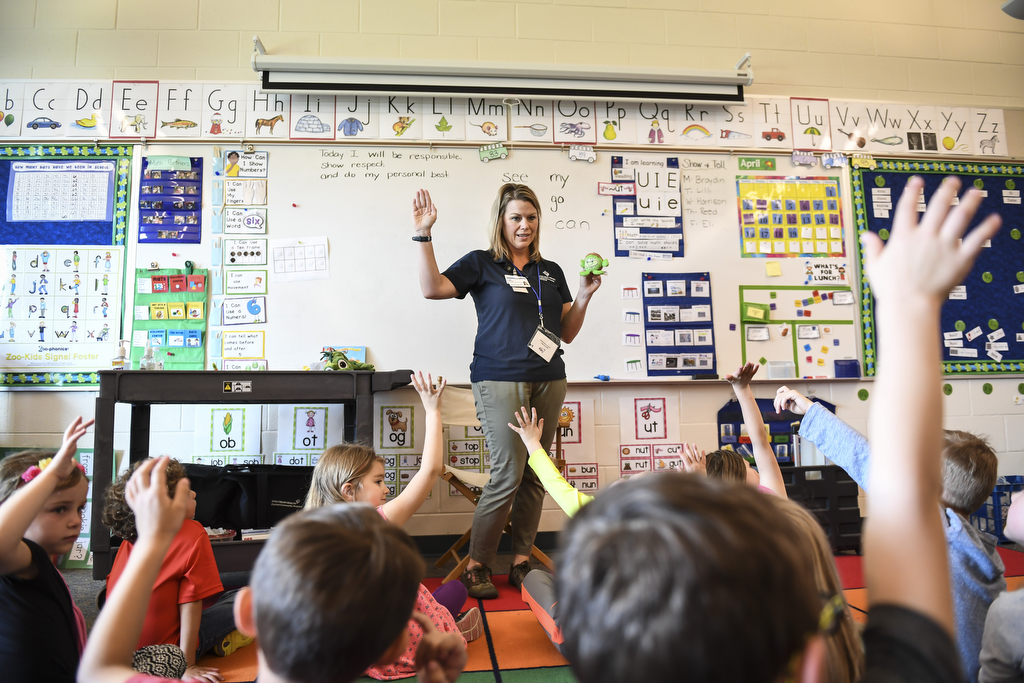
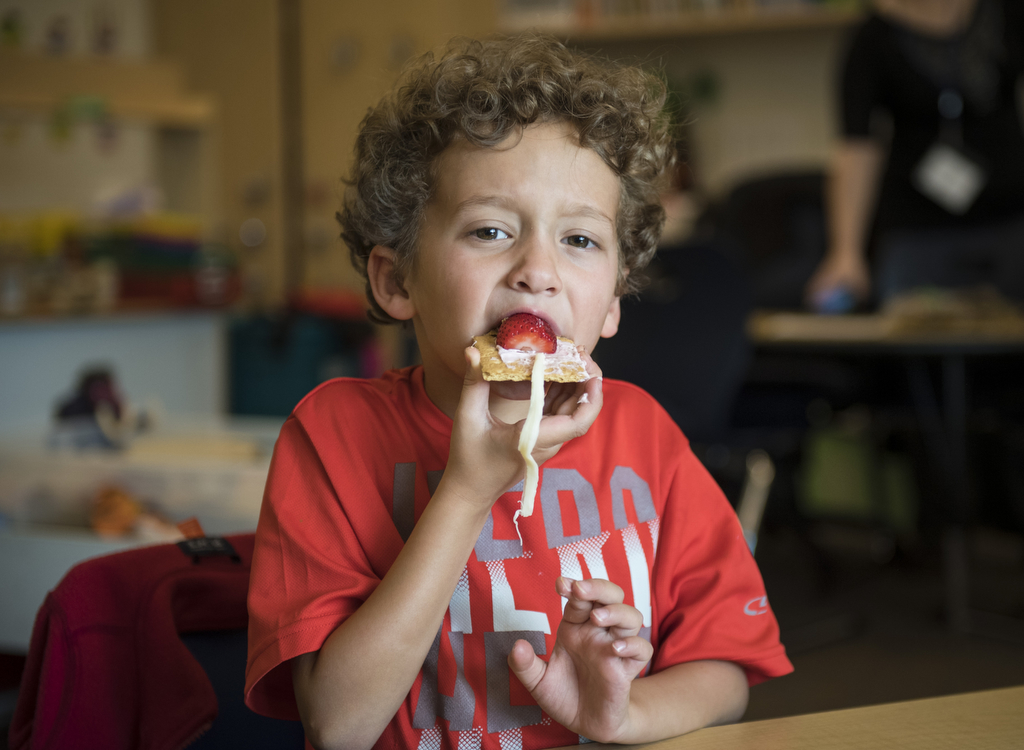
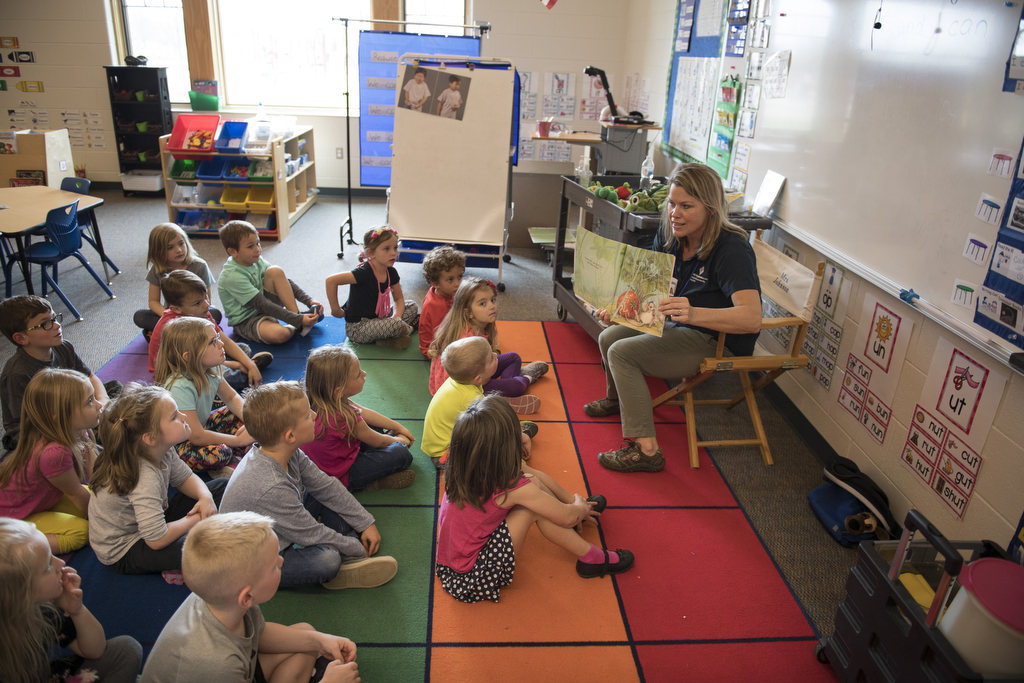
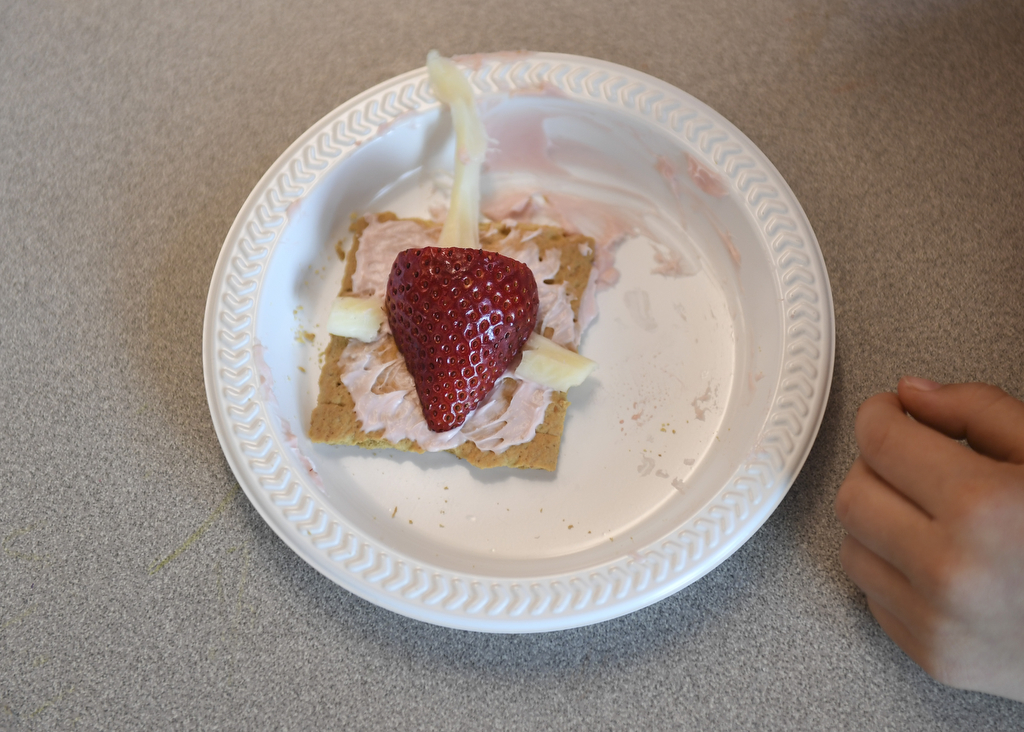

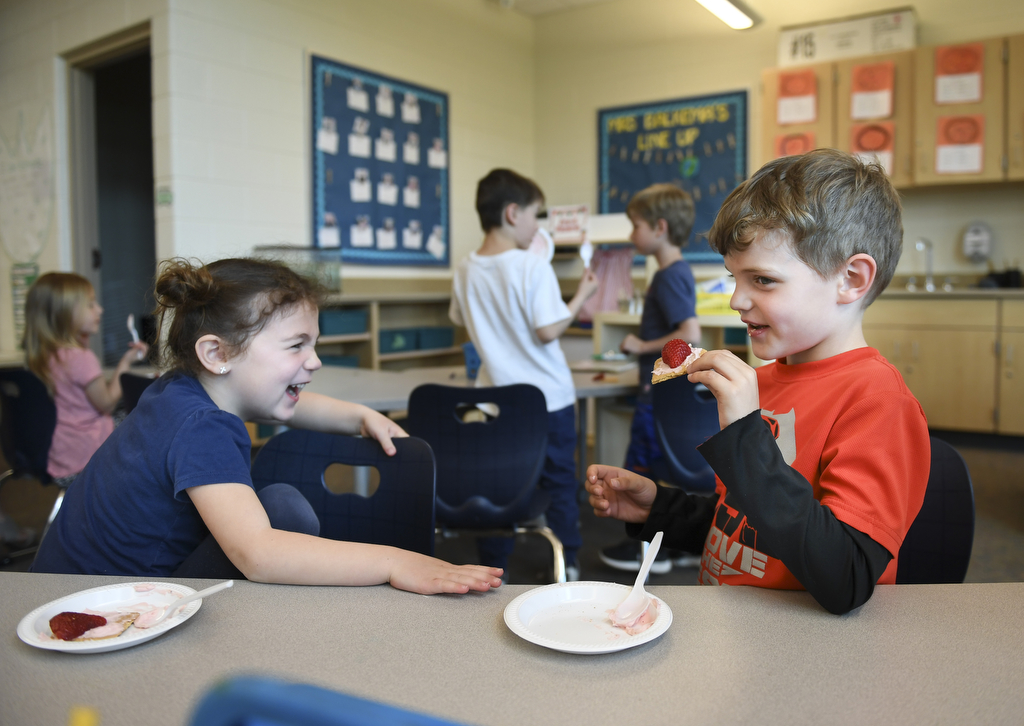
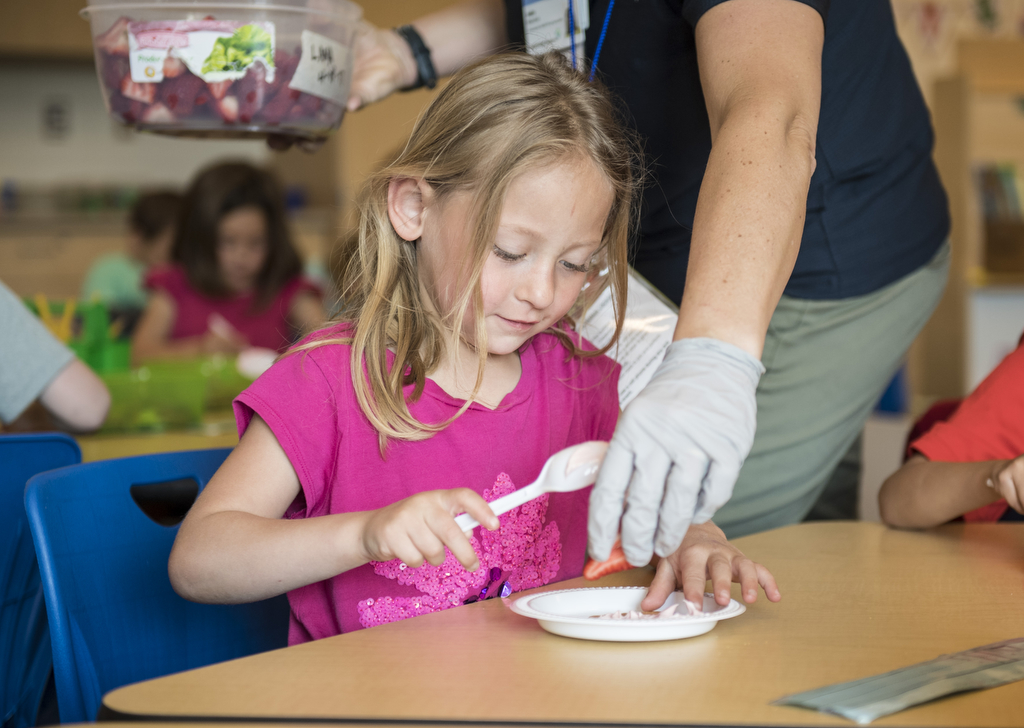

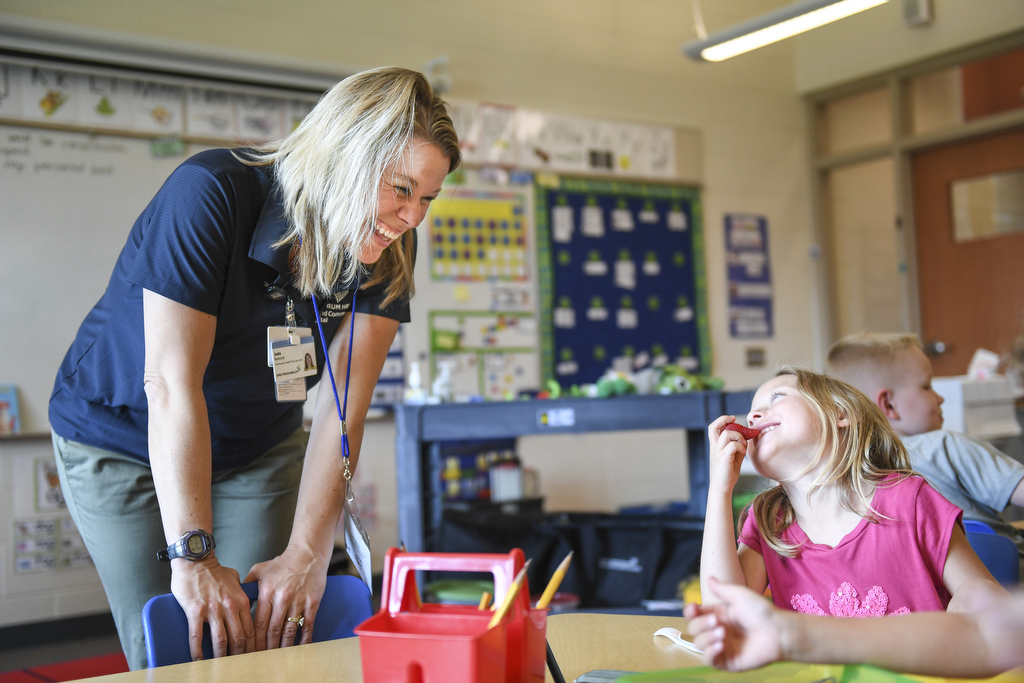
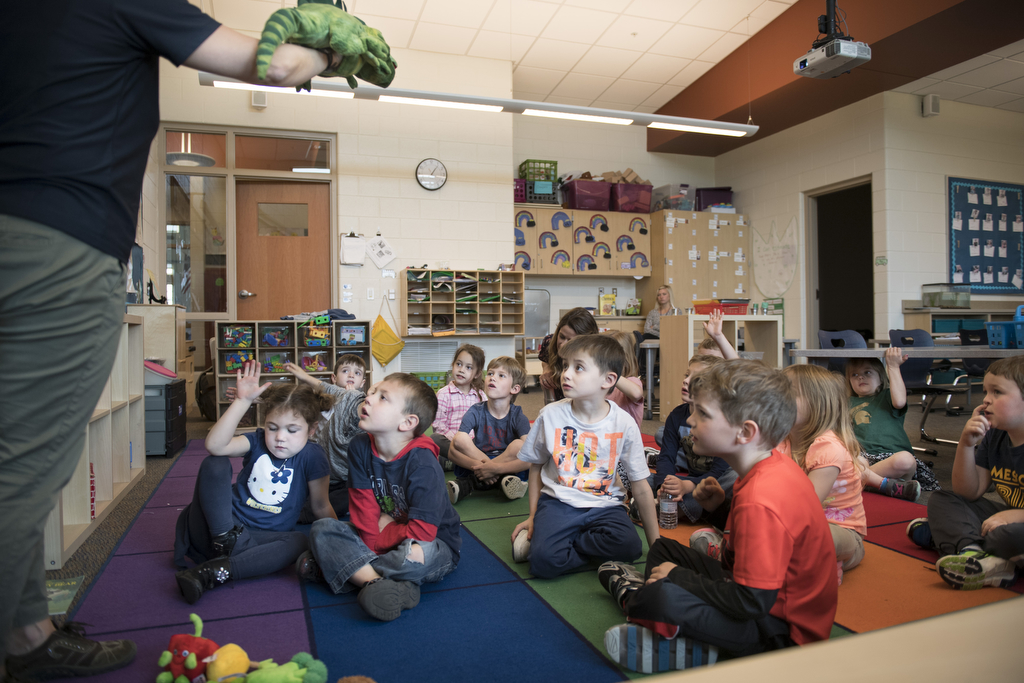
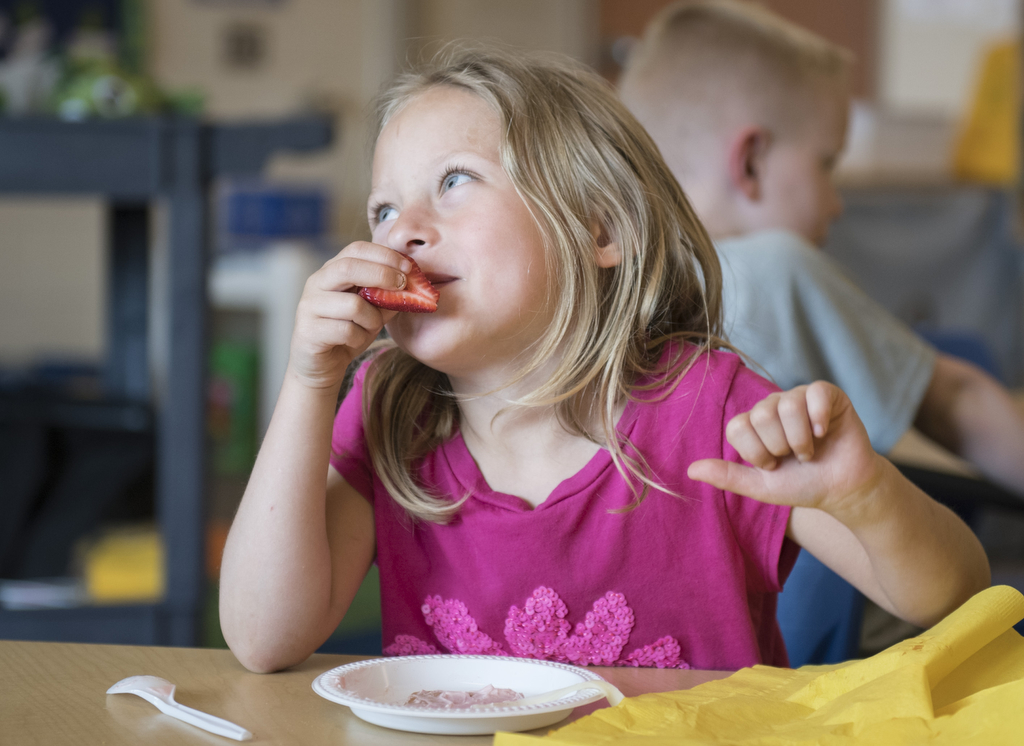


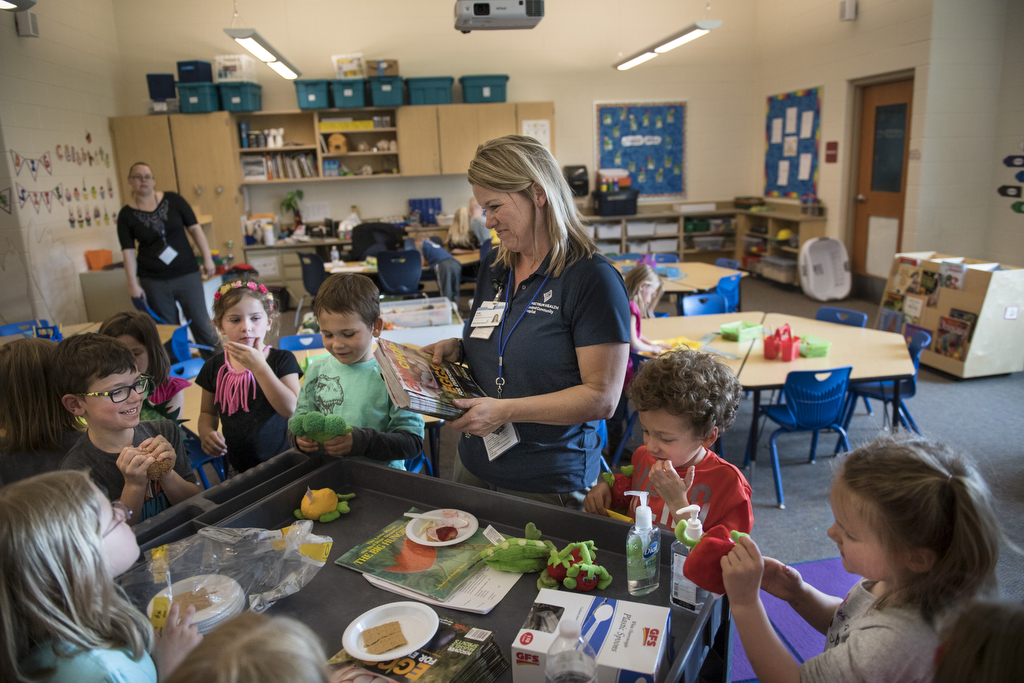


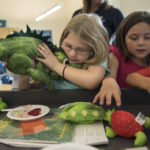



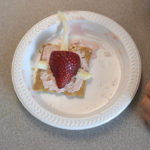










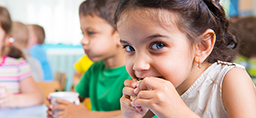 /a>
/a>
 /a>
/a>
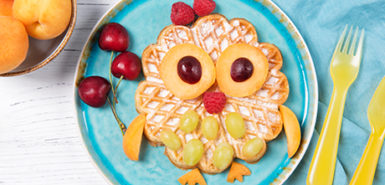 /a>
/a>